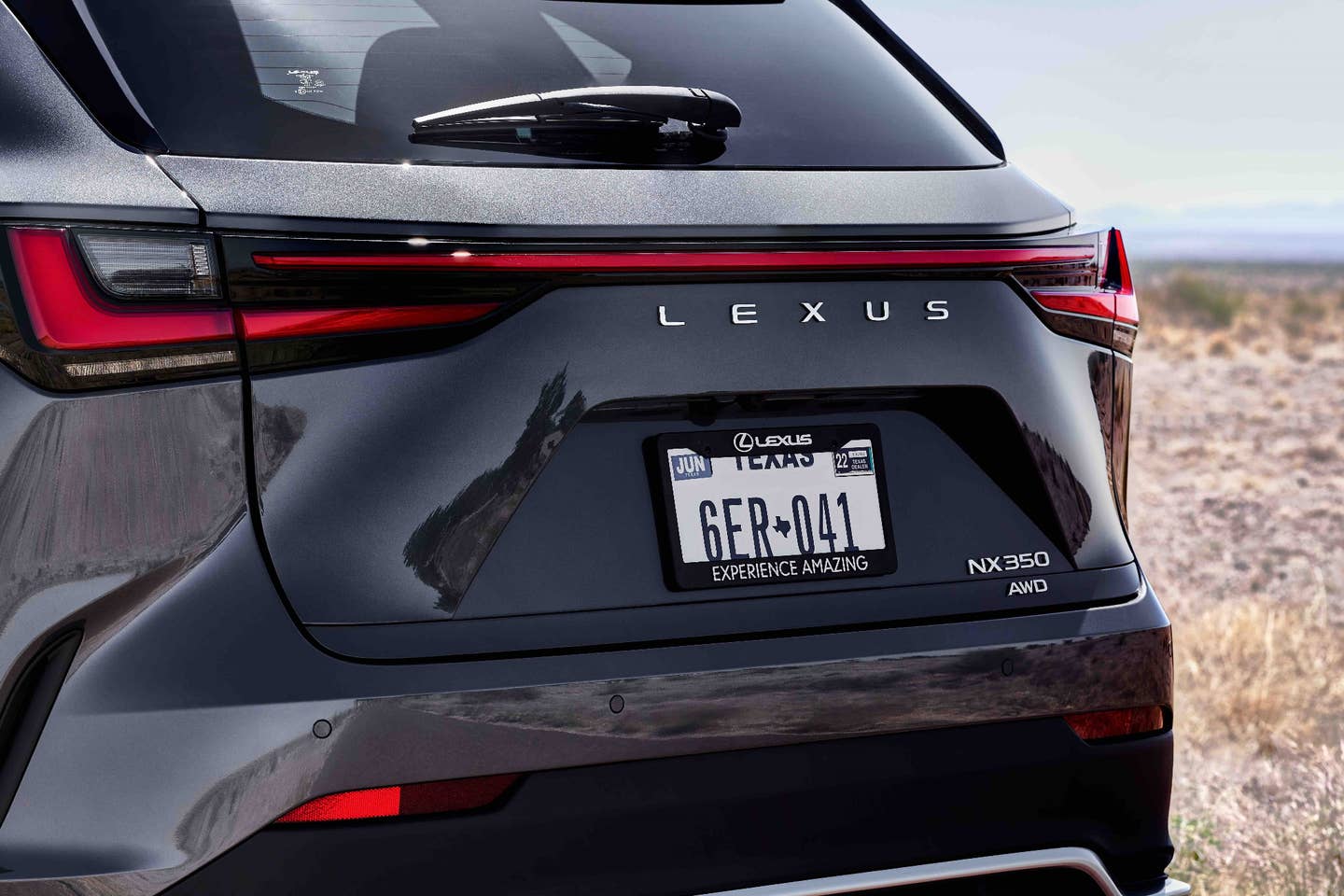Lexus has opted for a change, a combination of drastic and subtle alterations. Under the leadership of the recently appointed operating officer, Koji Sato, the brand intends to revolutionize globally by transitioning to fully electric vehicles by 2030. In preparation for this transformation, Lexus has decided to remove its longstanding emblem from the rear of its cars, according to details shared by Motor Trend.
As a result of this adjustment, vehicles from the Japanese automaker will now prominently display the word “Lexus” on the rear while retaining the company’s badge on the front. The implementation of this change has already commenced with models like the compact NX crossover and the updated LX—currently the sole variant of the Toyota Land Cruiser available in the United States.
According to reports from Motor Trend, Brian Bolain, Lexus’ General Manager of Product and Consumer Marketing, expressed that “We need a visual cue to indicate that Lexus is undergoing a transformation, and while this may appear trivial, it captures attention.” A testament to their confidence in the strategy.

Lexus
Bolain further elaborated that this minor modification will not be implemented in isolation. In addition to removing the badge from the rear, Lexus will concentrate on better aligning its products with the specific needs of diverse markets. He remarked, “Our endeavor includes a focus on product variety and acknowledging the distinct requirements of different regions, such as North America, Europe, and Asia. Moving forward, we aim to cater to these markets independently as we expand our reach.”
Part of this initiative involves equipping all upcoming vehicles with a new touchscreen-based infotainment system. Notably, the current touchpad system used by Lexus is often criticized for its complexity without added practicality. Bolain indicated that the introduction of the new system will be expedited across all models, most likely within a 30-month timeframe.
While the rebranding efforts for Lexus may seem rapid, the adjustment that appears less certain is the brand’s sudden ambition to go fully electric by 2030. Currently, Lexus offers several models powered by V8 engines, including recent introductions like the IS500 and LC500, with rumored plans for a twin-turbocharged Lexus V8 to emerge in the near future—a clear departure from electrification.
Despite any speculation regarding the brand’s actual powertrain objectives, one certainty is the forthcoming introduction of a new infotainment system and the clear display of “Lexus” on the rear of its vehicles. As for the twin-turbo V8 conjecture, only time will reveal the outcome. A vision of Toyota’s adventurous CEO provides some clarity on the future direction.
If you have any tips or questions for the author, you can contact them at: peter@thedrive.com
